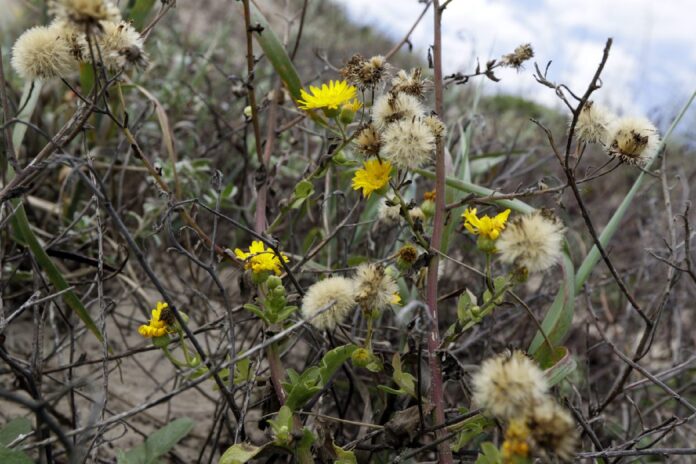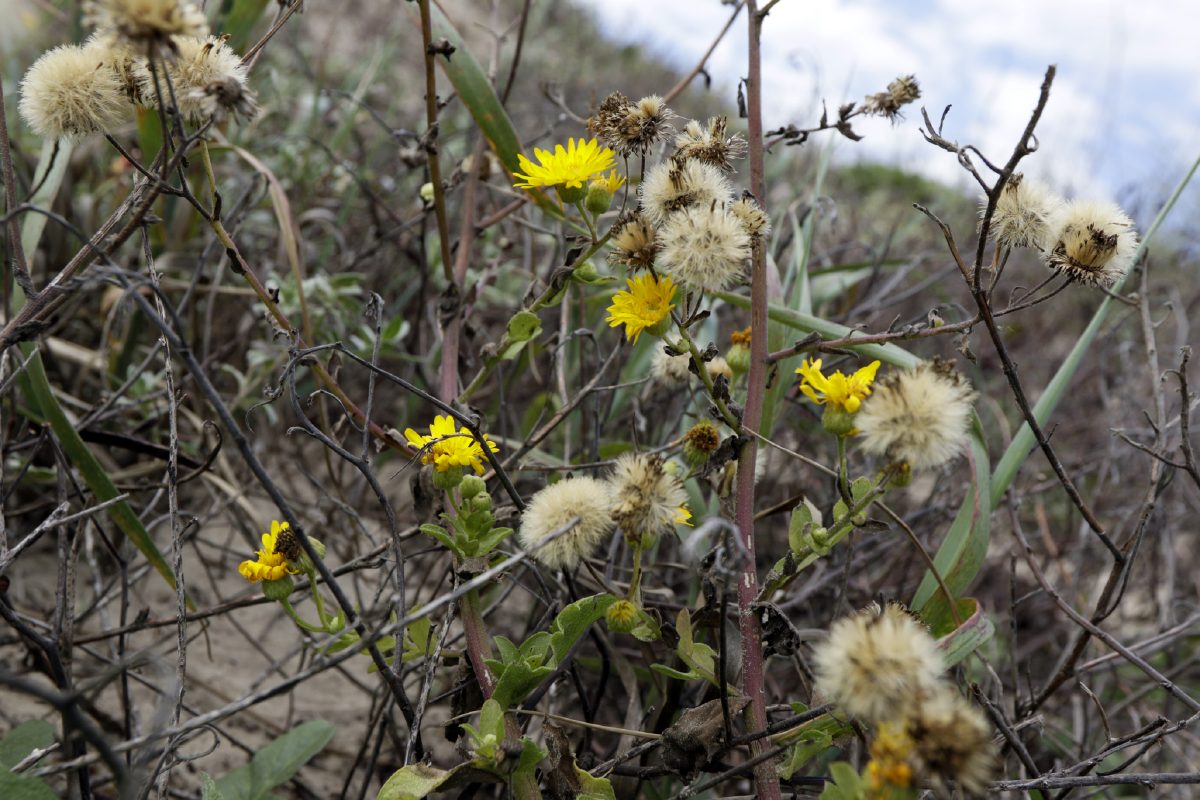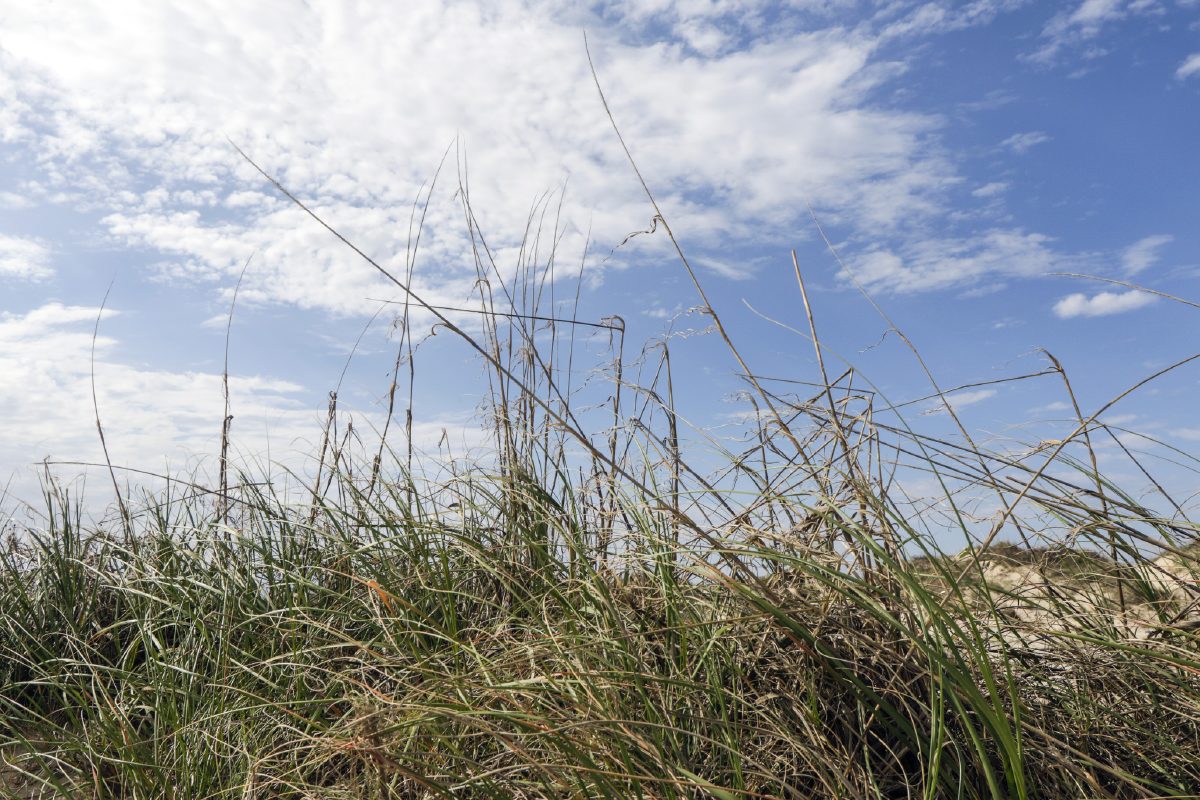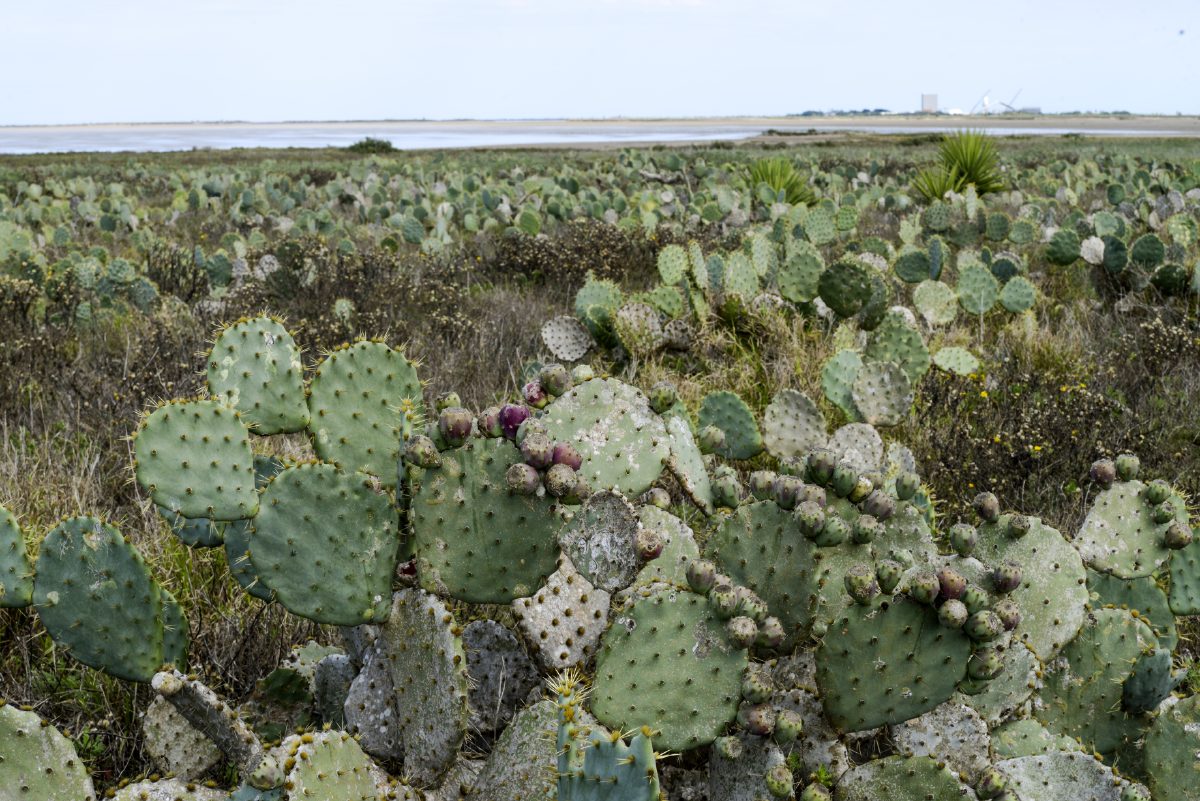BROWNSVILLE — It might not look like much from inside a car whizzing down U.S. 281 or U.S. 77, but the landscape through the heart of the South Texas Sand Sheet holds a greater diversity of plant life than anywhere else in the country, maybe even the world.
That’s according to Forrest S. Smith, co-author of “A Photographic Guide to the Vegetation of the South Texas Sand Sheet” and Dan L. Duncan Endowed Director of the Texas Native Seeds Program at Texas A&M’s Kleberg Wildlife Research Institute in Kingsville.
The unstable, constantly changing nature of sandy soils leads to high plant diversity, though the nearness of other eco-regions in South Texas makes the Sand Sheet — also known as the Coastal Sand Plains or Llano Mesteño — even more diverse, he said.
“Here you can see plants found in the Hill Country, the Brush Country, the Coastal Plains and even some from the subtropical environment of the (Rio Grande) Valley, as well as some species that are found nowhere else in the world,” Smith said.
The 2 million-acre-plus eco-region includes parts of Hidalgo, Jim Hogg, Jim Wells, Kleberg, Starr and Willacy counties in addition to Brooks County and nearly all of Kenedy County. Sandy soils and shifting sand dunes left from the shoreline of an ancient sea characterize the area, bordered by the Valley’s subtropical climate to the south, arid South Texas brushland to the north and west, and coastal prairie to the east — all of it influenced by the several eco-systems to the northeast, Smith said.
He credited the book’s existence to the fact that co-author Dexter Peacock, an avid nature photographer and retired Houston attorney, was having trouble identifying the plants on his Hebbronville ranch. The only field guides Peacock could find were written by and for botanists and other scientists, and none focused on Sand Sheet specifically.
“As a rancher and a hunter, I wanted to learn more about plants so I could improve the habitat on my land, but the lack of accessible information was frustrating. … With the amount of ranching, hunting and scientific study that occurs in the Sand Sheet, the lack of a useful field guide was a gaping hole,” Peacock said.
He asked for Smith’s help in creating a user-friendly guide “equally at home in a graduate student’s backpack, on a rancher’s dashboard or on the seat of a quail rig,” Peacock said.
The 231-page guide contains information on 200 plants common to the area and organized by type: grasses (native and invasive), wildflowers, shrubs, trees, cacti and vines. There is also information on how the plants benefit different types of wildlife and livestock. Fifty-six of the guide’s species are found only in Texas, and 15 only in the Sand Sheet. The guide provides the scientific and common name for each plant, plus regional names, including those in Spanish.
The diversity of the Sand Sheet is such that it’s possible to find 100 different species in an area the size of a hula hoop, Smith said. The book features 365 color photos, taken by Peacock and Smith, which serve as the primary means of identification. The photos are grouped by appearance, which goes against the scientific approach but works well for the amateur, Smith said.
“The first step is visual for most people,” he said. “That’s why we focused on it being a photographic guide, and organized it like we did by the appearance of the plants.”
Another remarkable aspect of the Sand Sheet is that it’s survived almost completely intact and unchanged over the last 300 or 400 years, which Smith described as “an absolutely rarity.”
His biggest hope is that the guide will increase awareness and knowledge of the region, he said, noting that the book’s positive reception has exceeded his expectations. The project ties in well with Smith’s conservation work for Texas A&M, part of which involves promoting conservation practices among ranchers. The guide includes information on seed sources for landowners interested in restoring native plants, he said.
Besides conservation for conservation’s sake, there’s an important economic reason for conserving the Sand Sheet’s diverse vegetation, Smith said. People come from all over the world to hunt bob white quail in the region, for instance, and hunting leases are much more lucrative than livestock.
“It’s the reason people buy ranches there, to quail hunt,” Smith said. “It’s ranching, but it’s hunting and hunting leases on those ranches.”
“A Photographic Field Guide to the Vegetation of the South Texas Sand Sheet” is available from Texas A&M University Press, online retailers such as Barnes & Noble and Amazon, and at the Palms Crossing Barnes & Noble location in McAllen.







